Wolfdog91
Silver $$ Contributor
So after a lot of peoples suggestions,tried another annealing test. Got a new nozzle for my torce sonits a much more precise flame. Making sure to just hit the necks and not over annel them with the help of some 750° tempaiq instead of flame change.
Now I put mine on the outside of the case because.....well I can actually see it, Neve really understood the whole deal with putting it on the inside of the caes because it's really hard to see . Anyhow 10 cass same bunch of brass. Took about 6sec in the drill
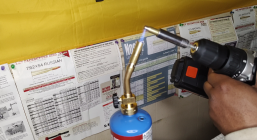
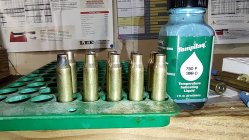
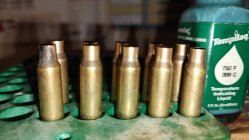
Die is set up exactly the same as last time annnnd
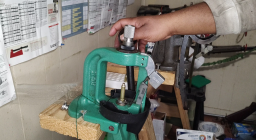
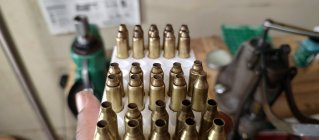
Got one successful case form ...so safe to say the KAK .17-5.56 works a bit different then traditional deals. And for something that's supposed to use 1x fired 5.56 brass .... I Mean the whole 39 pieces I've messed dup out of the 200 ood successful ones I've made up, I think that perfectly acceptable. I Mena the amount of brass I'd need to save to justify a busing die set up and what not....egh just not worth it imo. Now if I was trying to do this with brand new super fancy Lapua cases or something then yeah I reckon but again its ment for you to be able to go just pick up free 5.56 rang brass or buy dirt cheap once fired and run with it
Now I put mine on the outside of the case because.....well I can actually see it, Neve really understood the whole deal with putting it on the inside of the caes because it's really hard to see . Anyhow 10 cass same bunch of brass. Took about 6sec in the drill



Die is set up exactly the same as last time annnnd


Got one successful case form ...so safe to say the KAK .17-5.56 works a bit different then traditional deals. And for something that's supposed to use 1x fired 5.56 brass .... I Mean the whole 39 pieces I've messed dup out of the 200 ood successful ones I've made up, I think that perfectly acceptable. I Mena the amount of brass I'd need to save to justify a busing die set up and what not....egh just not worth it imo. Now if I was trying to do this with brand new super fancy Lapua cases or something then yeah I reckon but again its ment for you to be able to go just pick up free 5.56 rang brass or buy dirt cheap once fired and run with it















